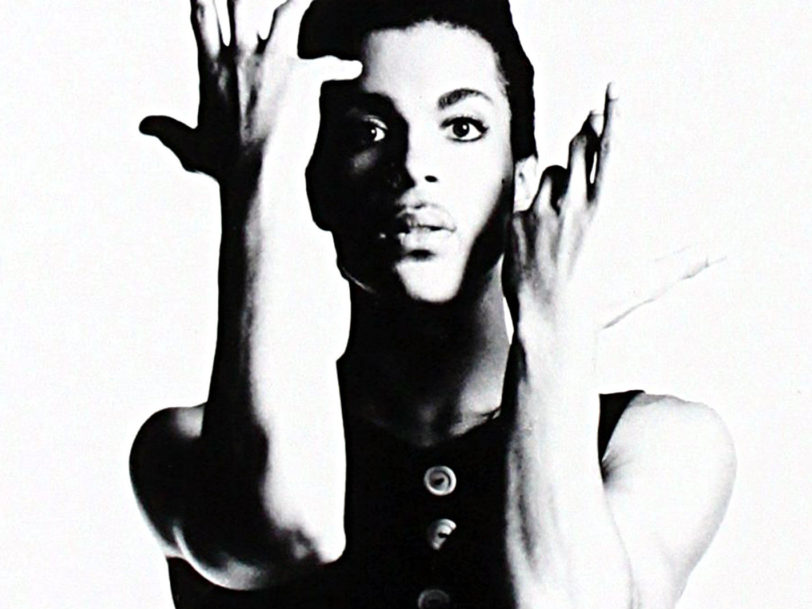Prince has done Purple Rain. It’s a hit. He’s a megastar. Now he can do whatever he likes (not that he hadn’t done so before). So when it comes to following-up his iconic rock’n’roll movie, he… draws inspiration from the Jazz Age, sets it on the French Riviera, directs it himself (in black-and-white), hardly includes any musical set-pieces and has his character killed off at the end. Under The Cherry Moon may have given Kristen Scott Thomas her breakout lead role (as heiress and love interest Mary Sharon), but it fizzled like a damp cherry bomb at the box office. No matter. “I learned to direct what I can’t write,” Prince shrugged of his directorial debut. Meanwhile, the album that accompanied it, Parade, was an explosion of creativity that showered all who heard it with Prince’s ever-deepening genius, delivering a master class in how to confound expectations – not just on an album-by-album basis, but minute-by-minute on songs that masqueraded as pop but were fashioned out of an audacious blend of funk, jazz and rock.
Listen to Parade here.
“Prince changes all the time”
Such was the phenomenal speed with which Prince worked in the mid-80s, he had completed a first pass at Parade in just two weeks in April 1985, starting sessions before its predecessor, Around The World In A Day, had even been released. Occupying a studio at Los Angeles’ Sunset Sound facilities himself, Prince also worked on his latest side project, The Family, in a second room, and had up-and-coming Minneapolis R&B outfit Mazarati installed in a third. In different ways, both groups would end up influencing Prince’s new work, with the album’s early tracklist lacking several key songs, along with the crucial addition of orchestral arrangements by Clare Fischer.
Though Parade was the last record to be credited to Prince And The Revolution, it was, at its core, a one-man jam. During the first April session, Prince recorded its opening four songs – Christopher Tracy’s Parade, New Position, I Wonder U and Under The Cherry Moon – in a single sitting, putting down the drums with only his handwritten lyrics as a guide, before laying bass, guitar, keyboards and vocals on top. Adding strings and horns, plus vocals by The Revolution’s Wendy Melvoin and Lisa Coleman, along with Wendy’s twin sister, Susannah, would later round things off.




